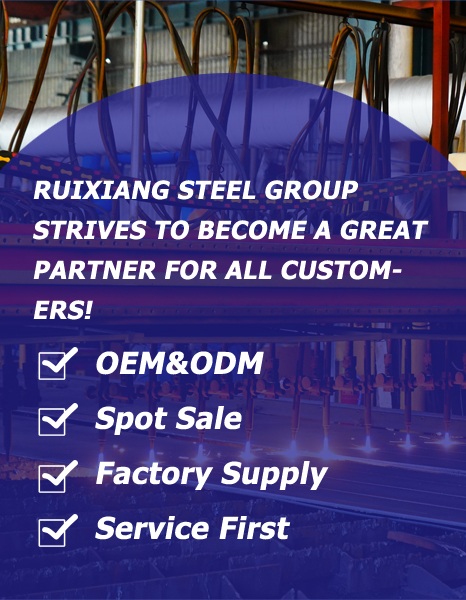Innovative Uses of Stainless Steel in Modern Architectural Design and Building Facades
Stainless steel is redefining the possibilities in modern architecture, moving beyond functional components to become a primary material for breathtaking facades and innovative structural designs. Its unique blend ofstrength, durability, and aesthetic flexibility allows architects to realize ambitious visions, from shimmering skyscrapers to intricately textured surfaces. For industry leaders like Ruixiang Steel, this evolution opens new avenues for collaboration and material innovation.
Pushing the Limits with Landmark Facades
Stainless steel's journey into architectural prominence is marked by its role in some of the world's most striking buildings. The Shenzhen Ping An Finance Centre, for instance, features over 100,000 square meters of SUS 316 embossed stainless steel panels on its facade, creating a diamond-like visual effect that reflects the sky and surroundings . This massive application demonstrates how stainless steel can maintain its presence on a monumental scale while resisting environmental corrosion.
Similarly, the Shanghai Century Avenue's "Pearl Kaleidoscope" utilizes specially polished stainless steel to create mirror-like surfaces that reflect and deconstruct the surrounding landscape, blending architecture with art . These projects showcase stainless steel's unique ability to transform building exteriors into dynamic canvases that change with light and perspective.
Beyond Beauty: The Material Advantages
The appeal of stainless steel extends far beyond its visual impact. Architects increasingly specify stainless steel for its exceptional durability and low lifecycle costs. Unlike other materials that require regular maintenance and replacement, stainless steel maintains its integrity and appearance for decades, even in harsh environments .
The material's high strength-to-weight ratio enables the creation of slender yet robust structural elements, while its inherent corrosion resistance makes it ideal for coastal areas and polluted urban environments where other metals would deteriorate . Furthermore, stainless steel's 100% recyclability aligns with growing demands for sustainable building practices, as seen in projects like the Qingtuo Group's high-strength stainless steel used in the Chongqing East Railway Station, which emphasizes both performance and environmental responsibility .
Expanding the Palette: Textures, Forms and Finishes
Modern manufacturing techniques have dramatically expanded stainless steel's aesthetic range. Architects can now choose from:
Embossed and patterned surfaces that create light-catching textures
Perforated panels that provide ventilation, acoustic control, and visual screening while maintaining structural integrity
Composite and honeycomb panels that offer enhanced flatness and reduced weight while preserving the material's signature look
Colored and treated finishes that expand the material's chromatic range beyond its natural silver tone
These options enable stainless steel to meet diverse architectural needs, from creating visual landmarks to blending sensitively with historic contexts.
Innovative Applications Beyond Traditional Cladding
The use of stainless steel in architecture continues to evolve beyond conventional applications. Recent innovations include:
Structural elements like the buckling-restrained braces with IRS 350CR stainless steel cores used for seismic retrofitting, demonstrating how stainless steel contributes to building safety and resilience
Large-scale sculptural forms such as the 41-meter-high tree-shaped columns at Chongqing East Railway Station, where economic duplex stainless steel QD2001 enabled complex curved geometries that would be challenging with other materials
Integrated building systems exemplified by the Luxembourg Chamber of Commerce, which used stainless steel profiled sheets in composite floor construction with integrated water pipes for temperature regulation
The Future is Stainless
As architectural design continues to embrace performance, sustainability, and aesthetic innovation, stainless steel stands ready to meet these evolving demands. Its proven track record in landmark projects, combined with ongoing material advancements, positions stainless steel as a critical material for the next generation of architectural landmarks.
For forward-thinking suppliers like Ruixiang Steel, this represents both an opportunity and a responsibility to continue developing stainless steel solutions that empower architects to push the boundaries of what's possible in the built environment.
 Click:258Edit: Admin
Click:258Edit: Admin Time:2025-10-04 00:35:01
Time:2025-10-04 00:35:01

